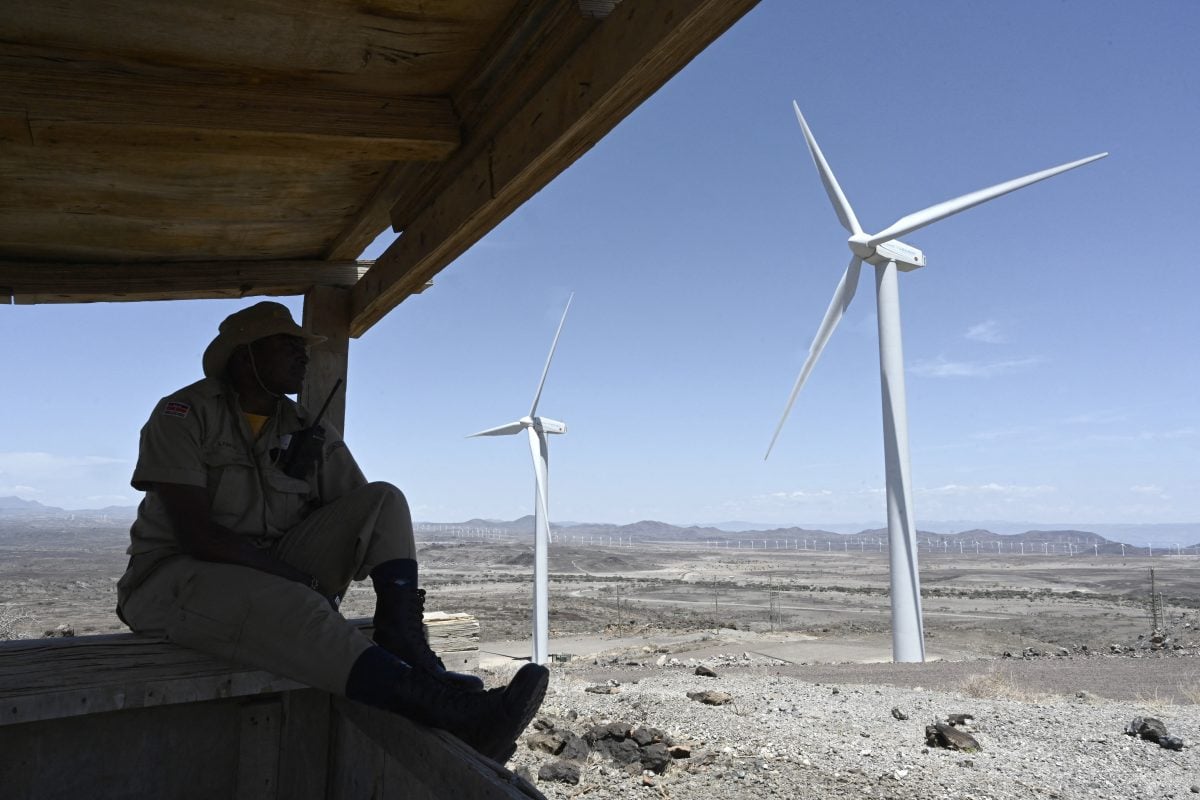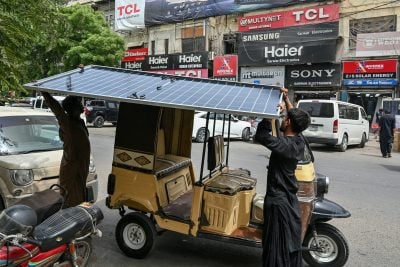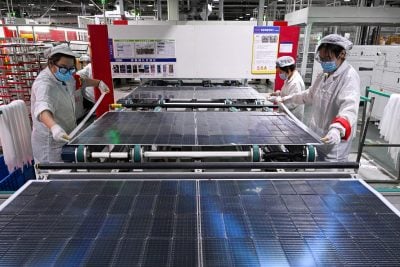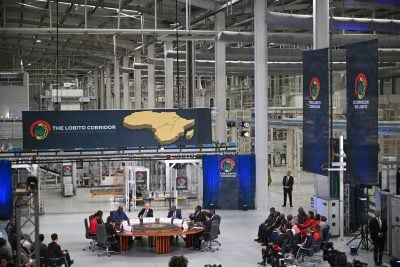Africa is on the cusp of a transformation that can power the continent’s own healthy, sustainable development and boost climate action worldwide – but it needs finance to make this promise a reality.
The answer: a mass, widespread rollout of clean, flexible, homegrown renewable energy across the rural and urban communities alike.
Renewables are the golden thread that will enable the African continent to confront, and overcome, the multiple crises hitting its people at the same time – from energy poverty, to rising unemployment, to critical education needs, to vast gaps in electricity supply, to an increasingly hostile climate.
Africa’s leaders have a chance to work with their international counterparts, multilateral donors, private investors, the energy industry, and others this week, by putting renewable energy at the core of the second Africa Climate Summit (ACS2), held in Addis Ababa on September 8-10.
As a summit focused on “financing Africa’s resilient and green development”, ACS2 is the obvious moment in which to rapidly accelerate renewable energy deployment on the continent.
The Nairobi Declaration, agreed at the first summit in 2023, produced promises that have the potential to catalyse climate-resilient, sustainable economic growth for all Africans, including a pledge to boost Africa’s renewables capacity to at least 300 gigawatts by 2030, up from 56 GW as of 2022.
This would close energy gaps and power green industrialisation across the continent. It would secure the future of a young and growing population, in a continent where half a billion children are already exposed to extreme droughts, floods, cyclones, and heatwaves.
Africa is running out of time
But little has changed since 2023, and Africa is running out of time. Words alone will not turn this goal into reality.
The lives of African children and youth rest on the need for quick, tangible transformation. They need healthy and sustainable food and water sources, lighting in schools, refrigeration in homes and medical centres, and a safe and just future.
Solar, wind, and geothermal energy can power resilience, inclusivity, and prosperity, addressing all these needs. They can power rural communities that lack basic infrastructure, like transmission lines. They can make up for the failure of fossil fuels, which have left gaping holes in the continent’s energy supply, and a trail of pollution and environmental damage in their wake.
For this to happen, however, money needs to flow.
Africa holds a vast 39% of the world’s renewable energy potential – yet it has received a mere 2% of global investments in the past 20 years, according to the International Renewable Energy Agency (IRENA).
The majority of the world’s disconnected communities are still in Sub-Saharan Africa, where around 600 million people lack access to electricity, according to the International Energy Agency. Some 1 billion people still lack access to clean cooking, too, it found.
Yet, the continent is ripe to be fully powered by renewables by 2050. This is both technically feasible and economically desirable. It will benefit global climate goals, international businesses and investors, African economies, and children on the ground – all at the same time.
For African economies, investing in this fully renewable energy system by 2050 would save $3-5 trillion over the period, according to the think tank PowerShift Africa. The savings on fuel costs alone, of $8 trillion, would cover the total investment of $7.3 trillion needed to reach full renewable power.
Building a fully renewable powered energy system would also create an extra 3.2 million energy sector jobs by 2050, compared to the business-as-usual case, of which 2.1 million would be in the renewables sector, PowerShift Africa projected.
Industrialised nations can pay their climate debt
But Africa can’t build this renewables future alone, and it shouldn’t be expected to, given that the continent’s youngest generations are bearing the brunt of the rich world’s growth and industrialisation.
Kenya, for instance, is already the world’s seventh biggest producer of geothermal energy, and still has an estimated 10 gigawatts of untapped potential, according to the International Monetary Fund (IMF). Developing that potential, however, will cost Kenyan companies like KenGen upfront, requiring roughly 600m shillings ($5m) to drill one well that produces an average of 5 megawatts, the IMF said. A 140-megawatt power plant requires 20-30 wells.
These countries, and local companies, therefore need concessional financing, grants, debt relief, and transfers of technology in order to build the foundations of an industry that, combined with local investment, can power adaptation to climate change, sustainable growth, and supercharge Africa’s green industrialisation and development.
In so doing, industrialised nations would not just be seizing on the economic opportunity to grow the renewables industry – they would also, finally, begin to repay their climate debt.
The Nairobi Declaration makes clear that achieving at least 300 gigawatts of renewables within five years would address energy poverty and bolster the global supply of cost-effective clean energy for the industry.
But without financing, these ambitions remain rhetoric. Resources are the hinge between plans and tangible results.
This second Africa Climate Summit is a chance to follow up with action that will channel finance into renewable energy projects that will lift the continent into a healthy, sustainable, and liveable future.
Want to continue reading? Subscribe today.
You've read all your free articles for this month! Subscribe now to enjoy full access to our content.
Digital Monthly
£8.00 / month
Receive full unlimited access to our articles, opinions, podcasts and more.
Digital Yearly
£70.00 / year
Our best value offer - save £26 and gain access to all of our digital content for an entire year!

 Sign in with Google
Sign in with Google 




